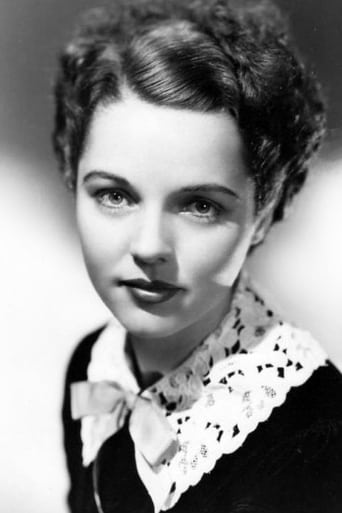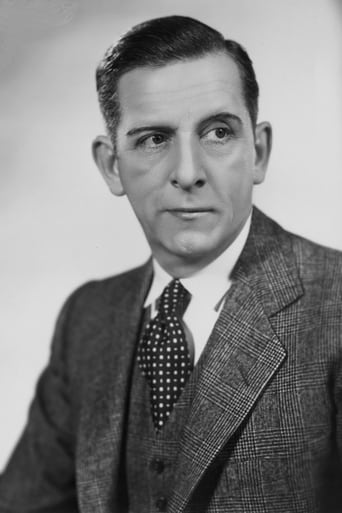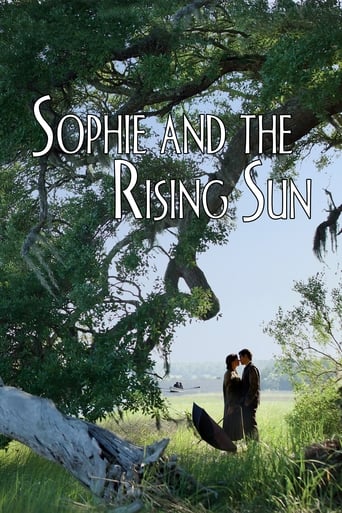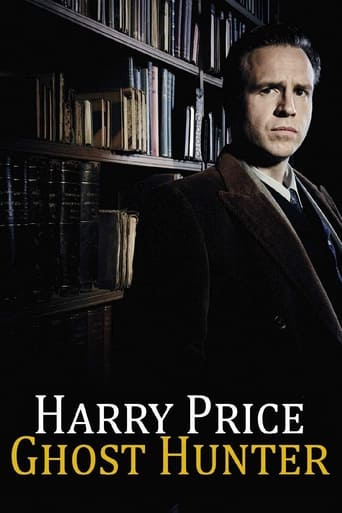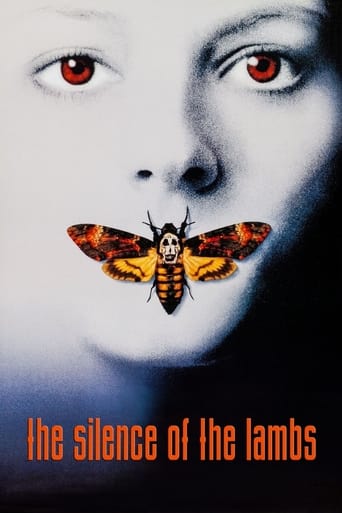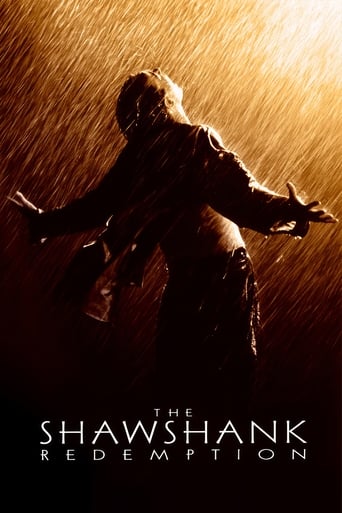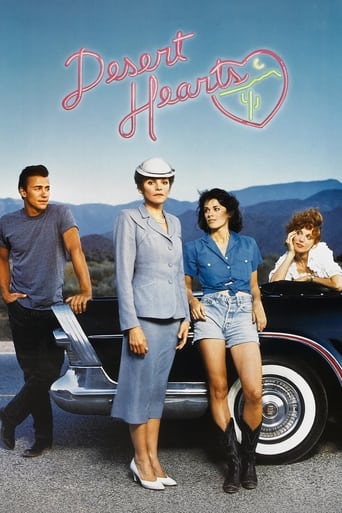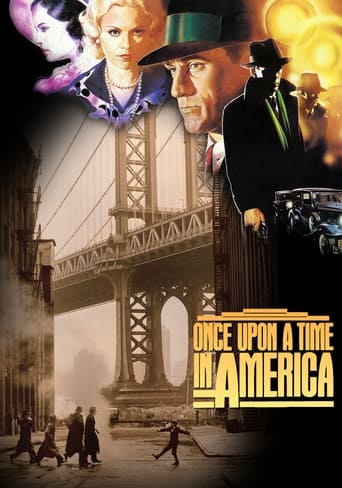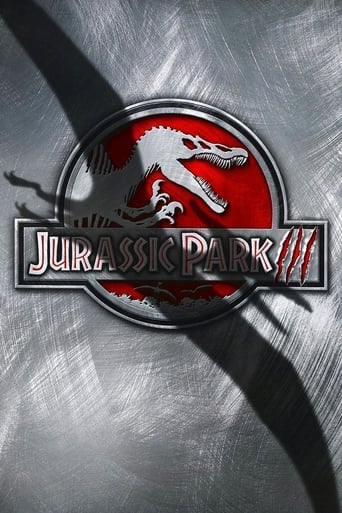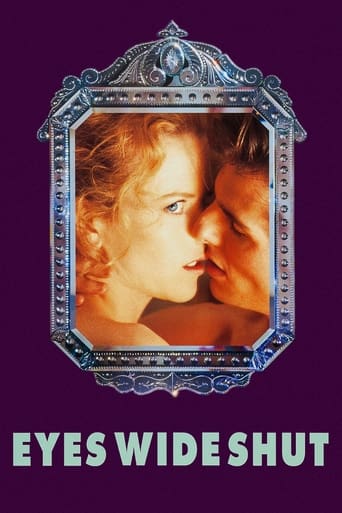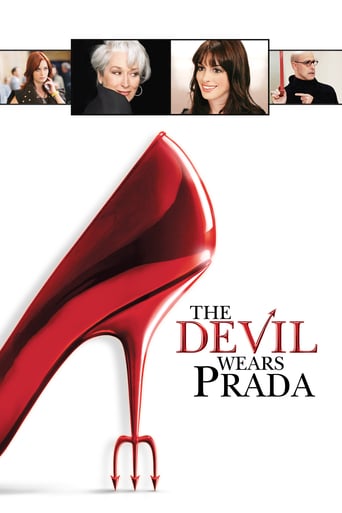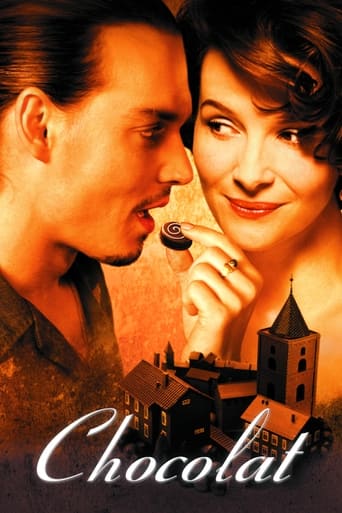Lost Horizon (1937)
British diplomat Robert Conway and a small group of civilians crash land in the Himalayas, and are rescued by the people of the mysterious, Eden-like valley of Shangri-la. Protected by the mountains from the world outside, where the clouds of World War II are gathering, Shangri-la provides a seductive escape for the world-weary Conway.
Watch Trailer
Cast


Similar titles
Reviews
Prepare to enter the land of good story-telling with "heaven" no less in the starring role. A secret city that is hidden from all but a few that remains perfect in its theme and purpose is the center of attention in this movie magic story presentation based on a novel. It represents the Kingdom of Heaven quite nicely. Just like the Kingdom of Heaven it has the same dynamics. 1. It cannot be found by accident. 2. It cannot be taken by force. 3. Kings & wise men cannot have access or know its where about. Yet who is allowed to enter? The sick, down-trodden, the humble and the least of them depicted well in this movie. If one stops to consider the theme, one is swept away in contemplation as the ending of this movie submits quite well stating may we all find our shangra-la. But the story of "how" remains different for us all again shown very well in this film. Moving parts with the founder in the movie Father Perrault helps us to be still as we hang on every word he speaks trying to get more clues and information about this magnificent place. Surrounded by mountains, hidden by clouds and at a high altitude, this heavenly place lacks for nothing. Perfect weather within, lakes, streams, waterfalls, wildlife, good soil for farming, grazing for animals, room to explore, no need to think but to live and all fear, competition, striving and greed is absent. Ones existence in this movie to find a meaningful existence within this community and the various people who are invited into this place surely do that. A very poignant and unforgettable ending in a movie I have never seen where we are treated to a fascinating summation of the last few days of a man who is trying to get back his shangra-la sparing no expense, allowing no excuse, refusing all hardship, turning away defeat and has no other purpose or want except to find and return to his shangra-la. What a moving and perfect portrayal of our own lives and how we should yearn to seek out the righteousness of it until we find the origin ourselves. Good movie to eat a sandwich, tasty drink and sunflower seeds but pay attention. For those that can watch this with captions: do so as some of the words add to the mystique of it all. My parting words to you; don't just exist but truly live until you cannot (at least for here)
Lost Horizon is a fantasy dream of epic proportions, making for an appealing blend of blithesome pleasures and complex symbolism. From one side, it's a beautifully photographed adventure in the same vein of a Michael Powell and Emeric Pressburger collaboration, but on the other, it has the cerebral heaviness of a playful Metropolis.Directed by Frank Capra, master of the feel-good masterpiece (It Happened One Night, It's a Wonderful Life), Lost Horizon was the result of a passion project, marred by serious budgeting and running time issues. Originally, the film was nearly six hours in length, with an ardent Capra shooting every scene from an overzealous number of angles. For a scene lasting just four minutes, Capra would use over 6,000 feet of film, the amount normally used for an hour's worth of photography. The budget swelled to almost $3 million, thanks to the extensive use of exterior shots and the hazardous dilemmas caused by the snowy sets. I could go on, but a happy ending is in store, and, if you're more curious than you'd like to admit, Wikipedia is readily available.Ultimately, Capra, along with Columbia boss Harry Cohn cuts hours upon hours of footage, much of it lost over the years. The film was restored in 1999 and again in 2013, inserting still pictures in certain scenes to fill in gaps left by regrettable cuts. Presently, Lost Horizon is a woozy combination of crisp repairs, slightly murky discoveries, and awkwardly placed pictures. In many cases, impartiality can be highly destructive. Lost Horizon is one of the lucky ones. It's so self- assured in nearly every other category that the cruelty it was once thrust into in the editing room is completely forgivable. Capra despaired over the film until the day he died, but it's hard to believe that a movie as stimulating and as effortlessly paced as this one could have been marked by even the slightest of a difficulty. It's a forgotten classic.Adapted from James Hilton's 1933 novel of the same name, the film focuses on five refugees who escape a violent revolution in China. After a long night of flying, Alexander Lovett (Edward Everett Horton), the stuffy intellectual of the group, looks out the window as is astonished by what he sees — it appears that they are traveling in the completely opposite direction of their destination. They have been kidnapped. The plane eventually crashes in an undiscovered zone in the Himalayas, killing the pilot. The group is quickly discovered by a Chinese caravan, who then leads them to an oasis within the mountain range, known as Shangri-La. Shangri-La is ethereal, to say the least. It's an entrance to an entirely new world, where the skies are always sunny, the flowers are always in bloom, the people are always good-hearted, and aging isn't a consideration. The leader of the group, Robert Conway (Ronald Colman) is instantly smitten — but will he, along with his fellow travelers, last in this too-good-to-be-true idyllic land?Films in the 1930s were almost strictly uplifting, dressed to the nines in screwball comedies, musicals, and set designs that suggested that poverty didn't exist and even the nobodies could afford butlers and caviar. Turn to any Rogers & Astaire pairing, any Ernst Lubitsch romp — that was 90% of what audiences were used to. Everyone wanted a break from The Great Depression, after all.Lost Horizon retains the uplifting persona of the era, but avoids all the first class garbage that felt delicious at first but eventually left a bad taste in your mouth. It is, first and foremost, an adventure film, making you feel like a child again at every turn. Shangri-La is a bewitching world that makes the fantasy genre seem delightful all over again, and the fact that it lies somewhere deep in the Himalayas makes it all the more special, all the more untouchably engaging. It is heaven for people who have goodness in their hearts, but it's a hell for those who are too self-serving and sinful. But forget all the heaven and hell comparisons — Lost Horizon is escapism of the highest common denominator. You'll want to be swept away, not sit there with analytical expectations.Much of the film's success is largely due to Capra, who, despite the setbacks he faced while filming, makes a movie so easy to devour that you can't help but want to have more. He's always been able to piece together a popcorn film with brains, but Lost Horizon is certainly his most ambitious moment. Though his own unrealistic goals pushed film's budget to places it couldn't afford, the result is something of a wonder. The sets are absolutely stunning, combing Asian decor with art deco modernness, and the photography, however indulgent it may be, is lively and plenty dreamy, the black-and-white giving it an innocent, fantastical ambiance. Lost Horizon could have been damaged goods, but it overcomes those damages and becomes goods for the ages. Capra may have sweat a bullet or two, but one can hardly remember It's a Wonderful Life when swept up into the luster of Lost Horizon.Read more reviews at petersonreviews.com
touching, beautiful, seductive at all. magic, charming, remembering the childhood dreams. a film about a form of miracle, itself saved by a miracle. a Frank Capra different , as form, by classic formulas. because it is, in essence, a fairy tale for adults. not for more comfort but for rediscover the role of dreams. admirable web between history and myth, using the Oriental exotic atmosphere and the old image of Utopia, image about the search of happiness, it is little more than a film but a kind of gem. first - for remarkable performance of Ronald Colman who gives the right portrait of a success political man who discovers the profound truth about him. than - the presence of Jane Wyatt who reminds all the beauty, honesty,fragility and delicacy of female characters from inter-war American cinema. than for the seductive images. or for the speech of High Lama. a film about hope. useful for viewers from each generation. today more important than yesterday. see it !
This magnum opus becomes little more than a magnificent embarrassment by its end. Rumored to be originally cut at 6 hours by its director, and then "trimmed" to 3 hours for it's premier, I understand that the original audience reactions were so vehemently negative back in '37 that it had to be whacked down some more (some prints are as short as 97 minutes) before it could be reasonably endured. The restored print I viewed recently, at 132 minutes, put back enough of the misery that even one of the hard core filmies with me at showing opted to flee instead of throw more good time after bad, and the whole experience made it abundantly clear to me why this film, though it may be important for so many reasons, and impressive for its scope and many of its elements, fails on far too many levels to be revered as so many have been confused into revering here and elsewhere. I'm glad I saw it, but I'd spare anyone else the misery, if they might be considering the film for anything other than as a film history curiosity.The opening sequence is, to be fair, fairly brilliant. The crowd scenes are intense, and the editing is crisp and emotionally powerful. Ronald Coleman's take on the character is likewise fully up to the task, and Capra's deft touch with the action surprises and delights. (Who knew!) But things so quickly head into La La Land (sorry, bad pun) from there, that you almost forget by the end how good it was for those first few minutes.The list of problems with this film is pretty long. John Howard's performance, as younger brother George to Coleman's older brother Bob, is so bad and over the top it takes first prize for me. (So very bad words fail). But there is plenty of competition. Characters appear at such random intervals, and entertain each other with such random dialogue, that it makes you wonder how much possible sense from those original 6 hours of film had to be left on the floor in order to get things down to 2. Margo, as Maria, sports mismatched eyelashes in some of the scenes, which are actually somewhat amusing if you don't mind laughing at a movie you're trying desperately to like. Isabell Jewel gets to show off a few lines of her classic "gun moll" dialogue skills, but she soon becomes almost invisible as her makeup is wiped off and her character is literally written out of the script. The most enjoyable characters and performances are Thomas Mitchell's and Edward Everett Horton's, and they're fun to watch when they appear, but they serve no ultimate dramatic purpose, nor make a whole lot of sense.The main premise, that of the internal and eternal question of the possible existence of something like "Shangri-La" itself, remains unsatisfactory all the way to the end. By the time a gratuitous and completely exposited summary is recited at the gentleman's club to supposedly explain why we've been watching the entire movie, you realize that Capra had so thoroughly lost the thread of things that even he couldn't make sense of it or produce an actual film of his intentions. Film school students do a better job choosing ways to visually portray ideas and emotions. This film ultimately fails.As for my favorite bits, I'll commend once again the opening sequence, and encourage anyone to invest the time to watch at least that much. It's excellent. Ronald Coleman's performance, and Jane Wyatt's with him, are outstanding, and some edited bits of that will please anyone with an appreciation. I also very much enjoyed H.B. Warner's Chang, and even didn't mind Sam Jaffe's High Lama impersonation. Add in Mitchell's and Horton's contributions, and the better part of 2 million 1936 dollars, and you'd think a guy like Capra might be able to make a pretty decent movie. (Fail).The sets are incongruous. The main building in Shangri-La looks like nothing so much as a faux-classy hotel. (Think Vegas circa 1960--maybe they were copying). The airplane interior is great, as are many of the rooms at Shangri-La. But the inconsistency of styles moving back and forth from interiors to exteriors to panoramas, is jarring. (Feels very much like different location directors with vastly different styles had to be cut together without any attempt whatsoever to find a thematic consistency). Too many performances clunk. The story itself is well overlong, and moves so pointlessly that the emotional and existential intent of the story is all but completely obscured. Yes, we get it that we're supposed to think about the possibility of it, but when 10 minutes of film succeeds in communicating the paradox of it, the 2 additional hours belaboring that point make things anything but better.






